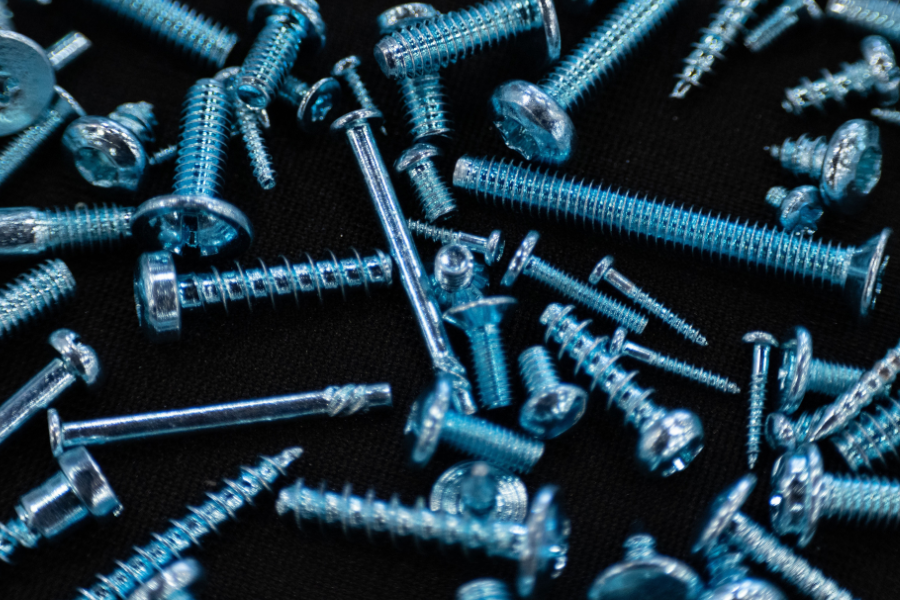Aerospace fasteners are used in a variety of aircraft applications. These range from a commercial jumbo jet to a military black hawk. In fact, the American Fastener Journal states that aerospace fasteners represent the “largest bill of material” for modern commercial aircraft. Since the lives of so many people are dependent on these little parts working properly, aerospace fasteners are subject to very rigorous standards.
Key Takeaways
- The AS9100 series is one of today’s standards for aviation, defense, and space.
- Become certified in AS9100 or AS 9120 to gain buyers.
- Verify that your seller is certified with the AS9100 series of aerospace standards.
All About Aerospace Fastener Standards
Review four common questions surrounding aerospace fastener standards.
1. What are some of the requirements listed as aerospace fastener standards?
Physical characteristics of aerospace fasteners are part of the requirements. For example, a fastener may need to achieve a certain target in the following areas:
- Corrosion and oxidation resistance
- Tensile, shear and fatigue strength
- Weight
- Extreme temperature resistance
However, physical characteristics of aerospace fasteners aren’t the only requirements that must be met to certify the business according to standards. The process of producing the fastener is just as necessary. Some process requirement examples are
- Operational Risk Management – What constitutes an operational risk needs to be clearly defined and a documented procedure is needed for such scenarios. The procedure should include identifying and communicating the risk, assignment of responsibility for handling the risk, and any remaining actions needed after the risk has been addressed.
- Quality Management Systems Audit Requirements – An audit process needs to exist in the development of aerospace fasteners. This requirement ensures that the audit process is defined, documented, and executed.
- Foreign Object Detection – A procedure needs to be put in place for the handing of any object that is introduced during the manufacturing process that could be detrimental to the end product or the work environment. The object could be debris, wildlife, or tools left out of place.
2. When were aerospace fastener standards first developed?
The origin of aerospace fastener standards goes back to World War II and the military. Many planes (and ammunition) were built, and quality control was developed. It started with inspectors being present in the factories. At a certain point, some of these inspection methods became military standards. Following this, there were several milestones:
- February 16, 1946 – The American Society for Quality Control (ASQC) was formed. Its goal was, and still is, to maintain the quality control standards developed during World War II and continue to improve on those standards. The organization is now known as the American Society for Quality (ASQ). The ASQ provides documentation of adopted military and international standards.
- April 9, 1959 – The US Navy published Mil-Q-9858, a military parts specification. According to the ASQ, this “is the origin of ISO 9001 standard and all other quality management system standards and regulations over the world.” The ISO 9001 standard becomes very important for aerospace fastener standards.
- December 16, 1963 – Mil-Q-9858 was revised to Mil-Q-9858A by the Department of Defense. Mil-Q-9858A served as a basic rule of quality management in the aerospace industry.
- March 1987 – The International Standards Organization published the first edition of the ISO 9000 family of standards. Eventually, ISO 9001 was globally adopted for product quality assurance.
- March 1998 – Based on the ISO 9001 standard, the Aerospace Basic Quality System Standard AS9000 was published, adding twenty-seven additional requirements specific to the aerospace industry.
- October 1999 – The Society of Automotive Engineers and the European Association of Aerospace Industries published AS9100 standards for Quality Management Systems. This replaced the AS9000 standard and is one of today’s aviation, space, and defense standards.
3. Where can you get detailed information on aerospace fastener standards?
It’s rare to find the complete aerospace fastener standards online for free. There are many aspects to the standards, so various organizations will either sell sections of the standards to businesses or offer training courses. Furthermore, the standards are constantly evolving, so documentation that you currently possess could already be deprecated or obsolete.
4. How can you tell you are purchasing compliant aerospace fasteners?
The company manufacturing aerospace components must be AS9100 or AS9120 certified.
A third party handles the certification after reviewing the company’s compliance with the AS9100 family standard. The company needs to submit audits periodically from the third party and pass them to maintain the certification.
A potential buyer can visit the Online Aerospace Supplier Information System (OASIS) for a list of suppliers who are certified in the AS9100 series aerospace standards. A buyer can also directly ask the company for the certification and verify that the date on the certification is valid.









